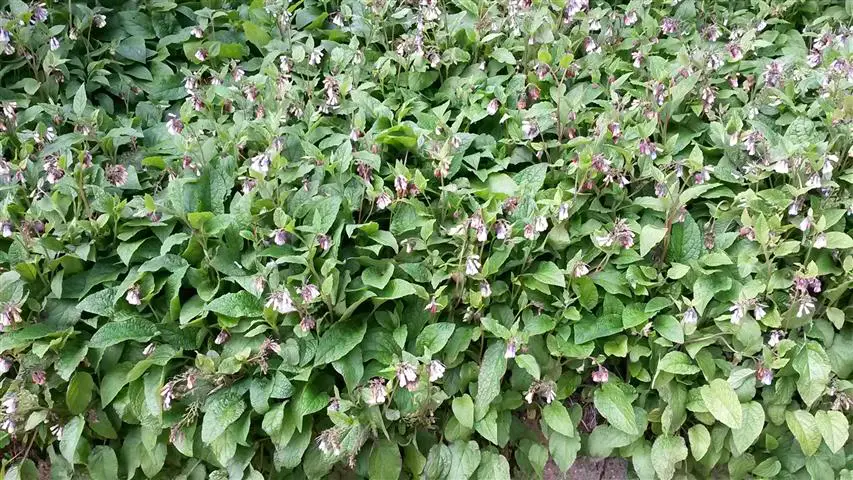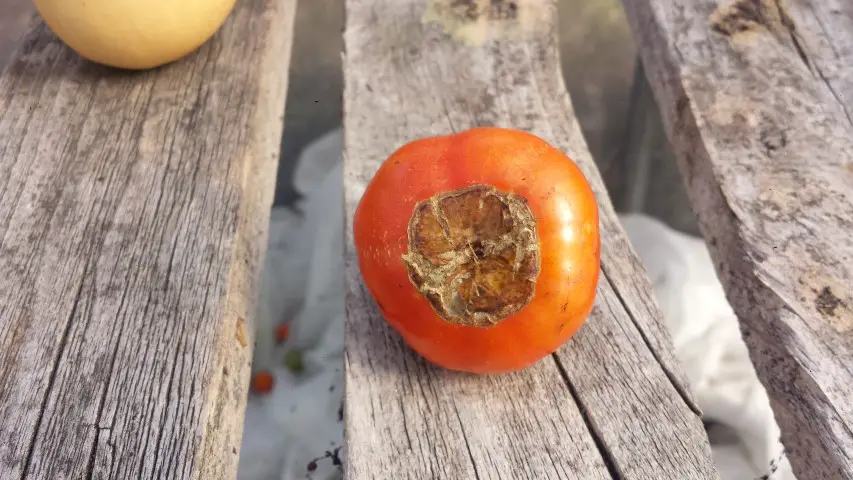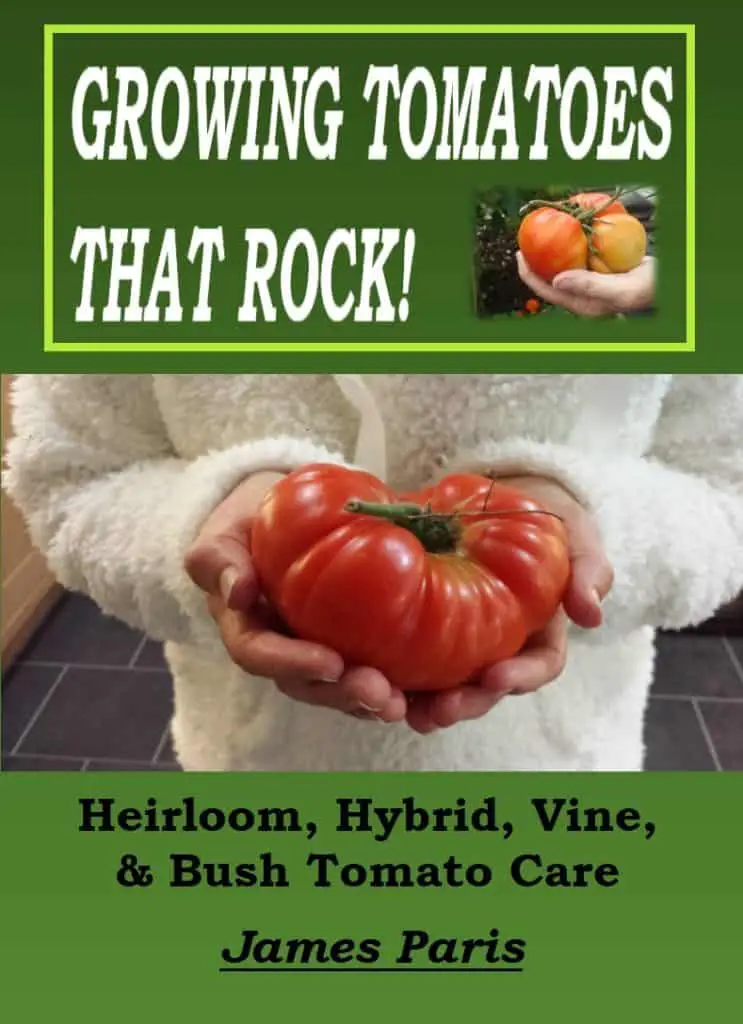Blossom end rot is the general term used for a rotting patch at the bottom of tomatoes growing on the vine. The sight of a large black sunken scab at the base of a tomato, is the last thing a gardener wants to see, and yet it is a very common condition that most tomato growers will encounter at some time during their career.
This is a disease called ‘Blossom end rot’ as it forms where the blossom or flower of the plant was before the fruit was formed (yes, a tomato is a fruit and not a vegetable! wiki link)
Blossom end rot is a disease that affects many plants including the courgette, eggplant, pepper, apple, and squash, and can have a devastating effect of the harvest if not treated promptly.
Fortunately the treatment or cure for blossom end rot is fairly easy once the disease has been spotted and the underlying cause of the disease confirmed.
What causes blossom end rot?
The cause of all this carnage to your tomato or other plants that are rotting away at the base is simple – it is a lack of calcium in the tissue or skin of the tomato.
This lack of calcium in turn leads to the skin breaking down and rotting on the plant, leaving a large blackish rotting scab.
Other causes of tomato rot include…
- Excessive nitrogen: Black scab can also be caused by a soil mix that is too high in nitrogen and not enough calcium, potash and other minerals needed for healthy fruit growth.
- Insufficient watering, or irregular watering and more likely over-watering, can also lead to blossom end rot as the calcium is diluted by over-watering and has an insufficient supply with under-watering.
- High salt levels in the soil can also lead to poor nutrition and tomato rot.
- Root damage can also lead to a calcium deficiency as the plant struggles to get enough water and nutrients to the tomato.
How to cure blossom end rot
Once the problem has been established, then it is imperative to put in place a remedy before the whole crop is ruined with rotting tomatoes. There are just 2 steps to take to rectify this problem.

Step 1: Make sure you have a good regular watering routine set up that will allow for sufficient water without overwatering the plant. Avoid letting the soil dry out completely before you water the plant. This sudden rush of water will not only cause blossom end rot, but it will cause the tomatoes to split as they soak up too much water in a short time.
Step 2: Feed the plants with a calcium rich fertilizer or a home feed made with comfrey which is excellent for all types of fruiting plants as it is rich in nitrogen, potash and calcium. For the longer term add crushed eggshells into the ground around the plants. This will introduce calcium slowly as the shells decompose.
This process can be speeded up and indeed be far more efficient overall, if you collect a load of eggshells and put them in a blender. Reduce the eggshells to a fine powder and introduce to your soil around the plants. One tablespoon of powdered eggshells worked into the soil around of the base of the plant should be enough to stop blossom end rot from appearing – but beware overwatering the plant!
Epsom salts for blossom end rot? Contrary to popular belief or urban myth, Epsom salts will not cure end rot for one simple reason – it has no calcium content at all.
Epsom salts (full of magnesium sulphate) is however good for general use in gardening as it helps the plant to absorb the valuable minerals like phosphorus and nitrogen. It also helps to ‘green up’ plants as it improves the creation of chlorophyll vital for photosynthesis.
Can Tomatoes with blossom end rot be eaten?
There is no problem with eating tomatoes with blossom end rot, simply cut away the rotted end and the tomato is fine to eat.
This is the same with courgettes, eggplant or peppers with end rot. I have found that courgettes are particularly prone to this disease – especially if they are grown in pots or containers.
Vegetable plants grown in containers tend to suffer more from blossom end rot as there is a tendency for the plant to become root-bound. The soil dries out quicker, the nutrients less, and the watering regime is often not regular enough.
Apart from all that – yes tomatoes can be grown in containers and not suffer from end rot if they are well cared for!
Is blossom end rot contagious?
This is NOT contagious inasmuch as it will spread from plant to plant or fruit to fruit. However it may well affect several plants that are growing together and sharing the same water/soil conditions.
In the picture above you will see that I have several plants growing together in one raised bed, sharing the same conditions. If I have end rot in one plant, I will certainly have it in them all and have to act accordingly.
Should infected fruit be removed?
Removing infected tomatoes from the plants will help the other fruits to grow to their full potential – if you have sorted out the initial problem. The infected fruits can still be eaten as we have seen, by simply cutting away the rotted piece. The rest of the tomato is not poisonous and so safe to eat.
Interestingly, cherry tomatoes are not susceptible to this disease, and the larger beefsteak tomatoes seem to be the most affected by end rot.
Overall the hybrid tomatoes are considered to be more resistant than the heirloom varieties, though there is not a particular tomato variety that will definitely not get this disease.
Summary:
Without doubt the biggest contributor to blossom end rot is overwatering. This dilutes the calcium so much that the plant cannot properly absorb it.
As long as you are growing the tomato plants in a good soil/compost mix, and feeding with a good plant food containing all the essential minerals, then this rot should not be a real problem.
Another thing to keep in mind is that you may well have 1 or 2 tomatoes with rot, but this does not mean the whole plant will suffer the same fate – but it is a good ‘heads up’ to get something done about it!






